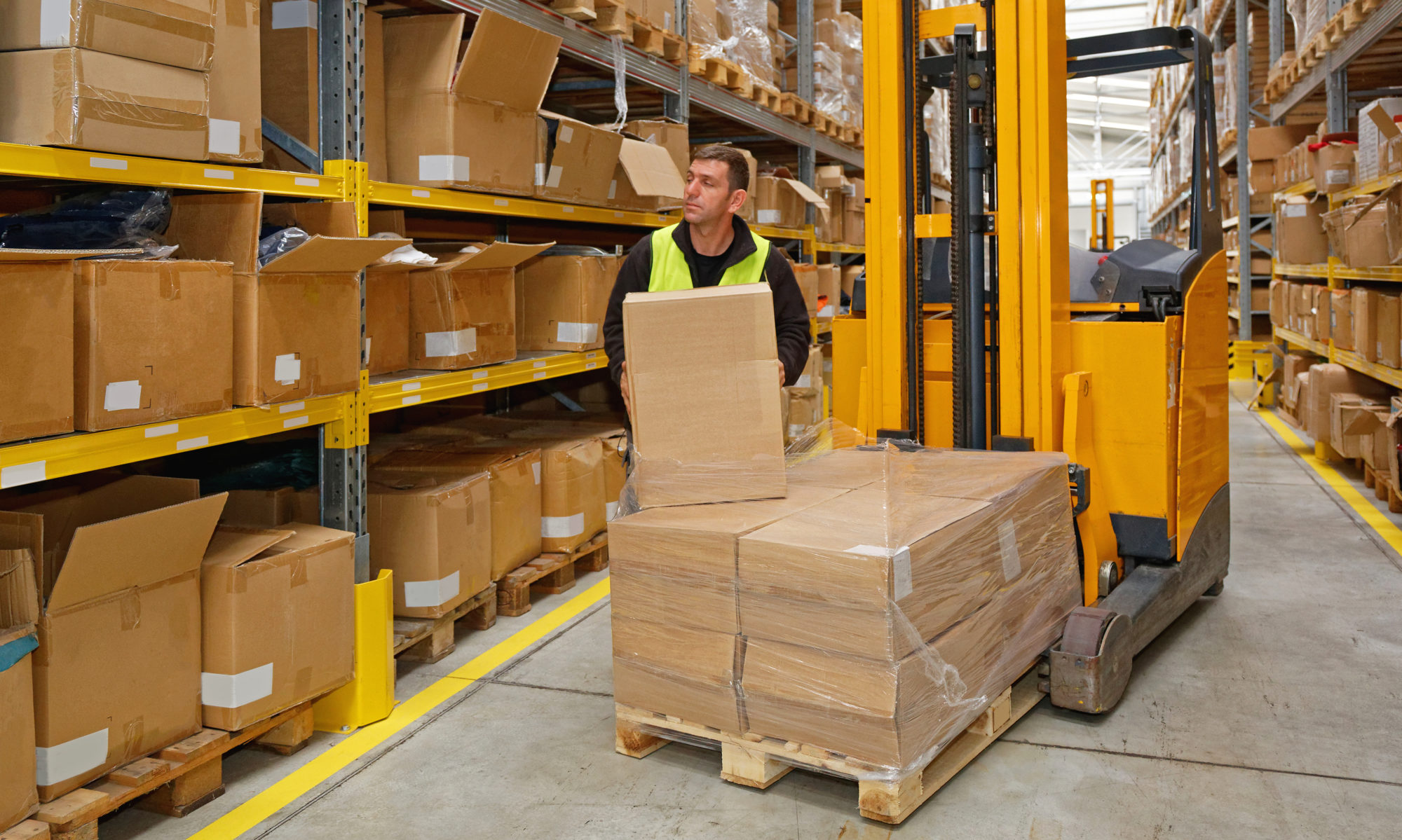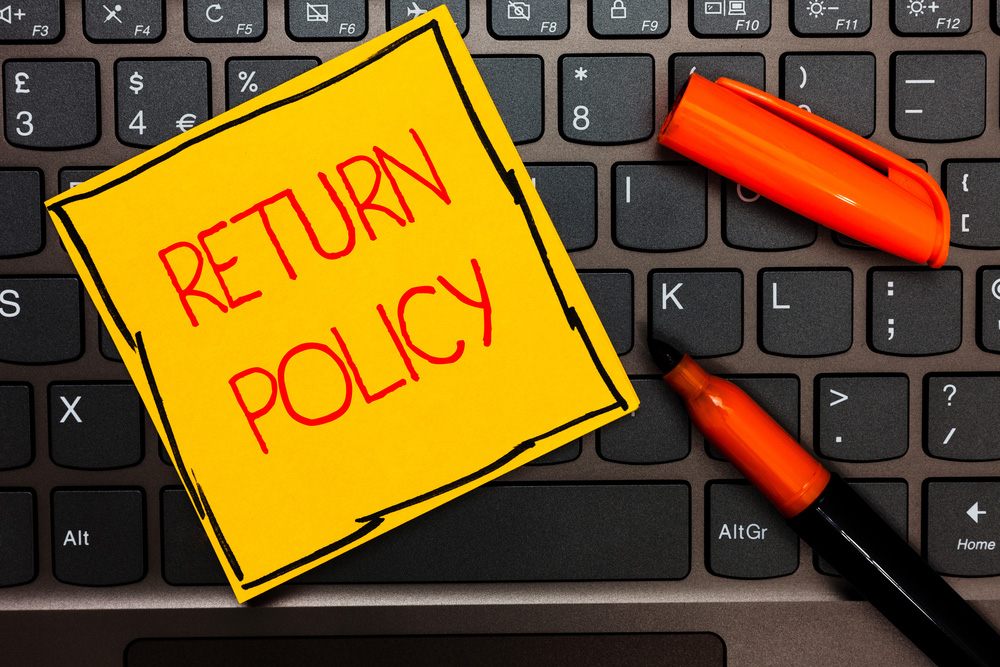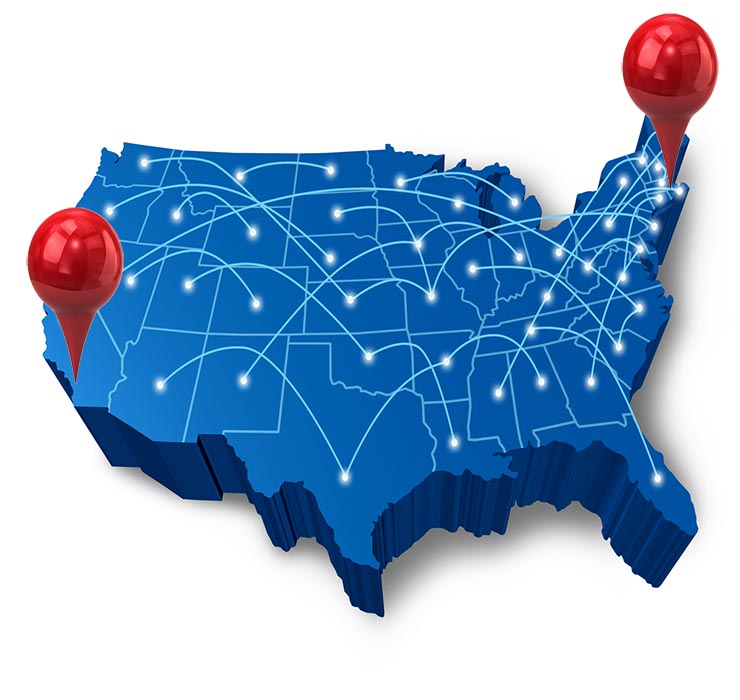It takes a village to make your customers happy. At every point in the supply chain, there is an effect on customer satisfaction. At Medallion Fulfillment & Logistics and Sprocket Express, we call this the satisfaction chain.
Along the way, there are basic principles that you can use to specifically encourage higher consumer confidence. For happier customers, we recommend these six strategy points.
1. Always Be Accurate
Mistakes stick out and they hurt a brand’s reputation. No matter the size or severity of the error, there is an impact. Adhering to the highest standard of accuracy and insisting upon the same level of accuracy from business partners creates a supply chain with fewer weak links. If each vendor has this priority on accuracy, there will simply be less mistakes.
Fewer errors means fewer returns, less special handling charges, higher customer retention, better overall satisfaction, and less headaches for you.
2. Transparency is Solid
Recently, customers became more interested in seeing real-time inventory levels. To some businesses, this was not only intrusive, but unimportant to the selling process. However, Business Insider recently reported that 66% of customers prefer a business with transparent inventory across digital platforms.
Both the shopping cart software and fulfillment coordination must operate correctly and in tandem to provide this result. We recommend discussing this with a Medallion or Sprocket sales rep more information.
3. Just Ask
Your customers have opinions and they are the best source of constructive feedback, but they won’t always make the first move. Make sure to ask for reviews and feedback with language such as: “We invite you to contribute online feedback about our products/services.” To build a stronger relationship, show appreciation with customized promotions and offers. Customers will be happy both to be asked and to be rewarded.
There are many ways to encourage more reviews for your business, but the most important is to simply ask. Millennial consumers have made it clear that they are more likely to buy products that have been recommended by friends and even social media influencers, though they might not be personally acquainted.
4. Speed is Needed
Fast, faster, fastest are the new categories. Consumers have no time or patience to wait for packages because the normal lead time is now just two days. As automation of last-mile delivery increases in prevalence and capability, we expect to see more same day deliveries.
Keep customers happy with expedited shipping options (most are willing to pay extra for this perk) and quick fulfillment. Logistics providers who are not offering same day shipping are falling behind in the market.
5. Bend and Flex
No one likes a strict rule when it works against them. Although it is clearly necessary to have protocols and schedules, a little flexibility goes a long way towards customer happiness.
Do you offer a generous returns policy? Are customers able to make last minute special orders? Your customer service agents must be empowered to offer compensation and special arrangements as they are in the trenches speaking with the consumers themselves.
Consider compensating negative feedback as heartily as positive feedback. Those that have a really memorable experience with your company can become its biggest champions.
6. Be Partners
Your fulfillment provider can be an integral part of your success if you choose the right one and allow them to be partners. A logistics partner can help your business flourish and you will benefit from their years of experience. Whether it’s shipping options, e-commerce packages, returns, storage, or even custom packaging and labeling, a true partner will have positive input to improve your processes and keep your customers happier.
In Closing
Not every fulfillment house is a match for every brand. We invite you to read our guide to choosing the best fulfillment partner for your business and encourage you to phone us for a free price quote at 800-260-8250.





